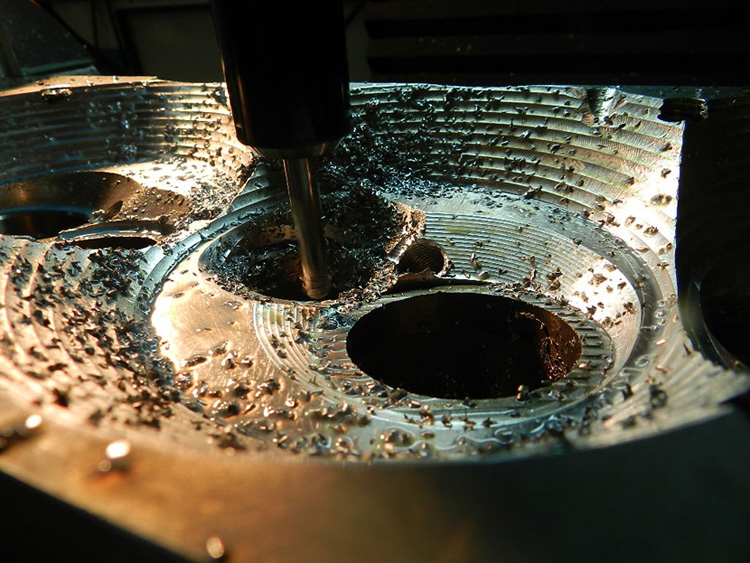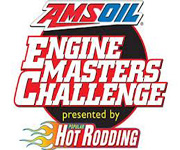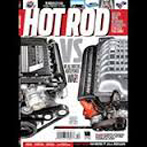
INDUCTION THEORY
RCS CYLINDER HEADS - INTAKE MANIFOLDS - INDUCTION PACKAGES
Induction, this is where it all happens, the combustion engine as we know is an air pump with a combustion cycle based on combustion efficiency. The challenge is to design the engine to breathe (pump) as if it was a bigger engine than it actually is to reassure cylinder fill or to assure all air ends up in the cylinder. There are actually two preferred methods to achieving power through induction.
Method One (Most common)
Allowing waste is one, allowing enough air to pass through the engine having ample amounts of air available for cylinder fill, which will obviously create a very high VE for the engine. Well that's good right? Not necessarily, I feel if an engine reaches over 123-125% you are wasting valuable air out the pipe and over working the induction can even scavenge the filled cylinder, but sometimes it’s a necessity to move air like this to create lower rpm power levels. The best all round VE is about 115% when waste is at its lowest level. The down fall to allowing waste through an engine is that you will reach your peak induction flow rates sooner than you should have for a given rpm, unless you have oversized the induction breathing capacity to allow for this.
The main point is to reach peak velocity at the peak rpm you want the peak HP to be at. Peak induction air speeds should peak at around 700- 720 fps, which will give you around 500-550fps at peak torque. Building an induction system that peaks at those speeds reassures the all the rpms below peak Hp will also have the highest air speeds possible. The reason for this is that air speed supports cylinder fill throughout the whole rpm band within the time allotted at each rpm. In our opinion peak VE should be about 3-5 hundred before peak HP. Prior to that your VE curve should start at 5-8 hundred rpms before peak torque and hold building slowly creating a 1,800 to 2,200 rpm spread between peak torque and peak HP.
Air speed is a by-product of the cross sectional area of the entire induction system, along with camshaft overlap, duration, valve opening rates, port flow rates throughout the lift cycle and the pressure drop created within the cylinder and out the exhaust. Peak cylinder fill is normally reassured by reaching peak air speeds through the induction regardless, not just port flow rates, they work hand in hand. The air/fuel has to move just as fast matching the characteristics of the engines mechanical speeds, if not the engines ability to fill the cylinder drops as engine rpm increases due to the air/fuels ability to maintain with the mechanical speeds.
To summarize design the engines induction to reach peak velocity at the peak rpm you want the engine to make peak horse power at. The effects are a by-product of runner cross sectional areas, runner lengths, plenum design and available flow rates for each runner, while the signal comes from the exhaust pressures and controlled by the air speeds and restrictions implemented. In many cases the flow rate on a flow bench does not make that much of a difference in reaching ones power level. By increasing the intake air speed is like turning up the flow bench pressures to flow more air. In an engine it can be said that the port flow rate (SCFM) can be several hundred SCFM higher than measured on a flow bench, this is a by-product of maxing out the air speed for a given port. An example would be, as the standard when you test using a flow bench you test at 28” of water and assuming the air speed of 450fps and you then test at 600+fps you will be amazed that the water test pressure could be over 60” of water or 4.5”mercury.
Method Two
No waste, minimizing waste through and engine and still making power is difficult but is the growing method of making power in both OEM and supportive racing that supports a steady state type power band with a lot gear changes, like today's 6-7 speed transmissions. In achieving this it requires the absences of overlap and the use of smaller duration cams eliminating induction reversion. Along with that the port sizes and induction volumes have to be extremely small to maintain air speed due to the lack of wasted air moving through the engine.
Summary
Volumetric Efficiency is the key, but not to waste it out the pipes through senseless overlap, but to pack the cylinder as much as you can to VE values no higher than 115% measured by today's standard. When experiencing VE's higher than 125% you are mostly sending it out the pipe and scavenging the port that you are trying to fill. Nobody really knows how much air/fuel is actually in the cylinder at any given time, we can only estimate the amount of air base on power output levels from the power created per scfm of air the engine consumes. Relying on calculated VE by using air flow and displacement is a waste of time. The true fill amount is based on a lot of areas of engine design not just what the cup should hold. One thing is true when it comes to the induction system the higher the velocity a port has the faster the air/fuel reacts to the pressure changes within the engine in the allotted time given to fill the cylinder and that is the difference between one engine filling a cylinder compared to another that is not.
Most people assume that because you have a high flowing cylinder head that the engine will consume all that the cylinder head has to offer, there’s nothing further from the truth. Until the air/fuel reaches a certain velocity the time spent trying to fill the cylinder is lost and the cylinder never gets filled. To add, there is more air/fuel than you would expect that passes through the engine that becomes waste and has no effect on creating power in the cylinder. One thing for sure is that a racing engine has to waste a certain amount air/fuel, this waste aid's in induction and acceleration of it. How much waste verses cylinder fill is the balancing act we all play as engine builders.
When an engine only consumes 1.00 to 1.050 scfm at peak torque and 1.15 to 1.20 scfm of air per horse power made through the throttle at atmospheric, and the VE of the engine is near 115% with the BSAC (Brake Specific Air Consumption) values are at their lowest, from 5.0 to 6.0 throughout the power band this is good indicator that the engine is reaching peak air velocity in the induction system, and the air is going in the cylinder and not out the exhaust. Does this mean the cylinders are filled to 115%, no; you can only fill a cylinder to 100% in a naturally aspirated engine, with the world’s best efforts maybe 110% with a NA engine. As stated earlier we really don't know how much the cylinder is filling, in comparing, we've found that these are the values that support a well-designed engine for today’s racing engines.

CYLINDER HEADS
Brodix |
B/B Chevy |
|
S/B Chevy |
CHI |
RCS CHI 3V248 Cleveland/Windsor |
Edelbrock |
RCS Victor-Glidden Ford Windsor |
Ford Performance |
|
GM Performance |
RCS GM 604 S/B Chevy |
LPC |
RCS LPC 23* S/B Chevy |
LS |
5.3 |
|
6.0 |
| 6.3 | |
|
LS7 |
___________________________________________________________________
PERFORMANCE INTAKE MANIFOLDS
NEW RCS (Vertical Port) Intake manifold for Clevelands (Patent Pending)
SCM Cleveland
CHI Cleveland
FORD CLEVELAND-WINDSOR S/B
EDELBROCK
FORD WINDSOR 302 SUPER VICTOR
___________________________________________________________________________
INDUCTION PACKAGES
CHI
FORD CLEVELAND-WINDSOR
EDELBROCK
FORD WINDSOR 302 VICTOR GLIDDEN/SUPER VICTOR
__________________________________________________________________________

